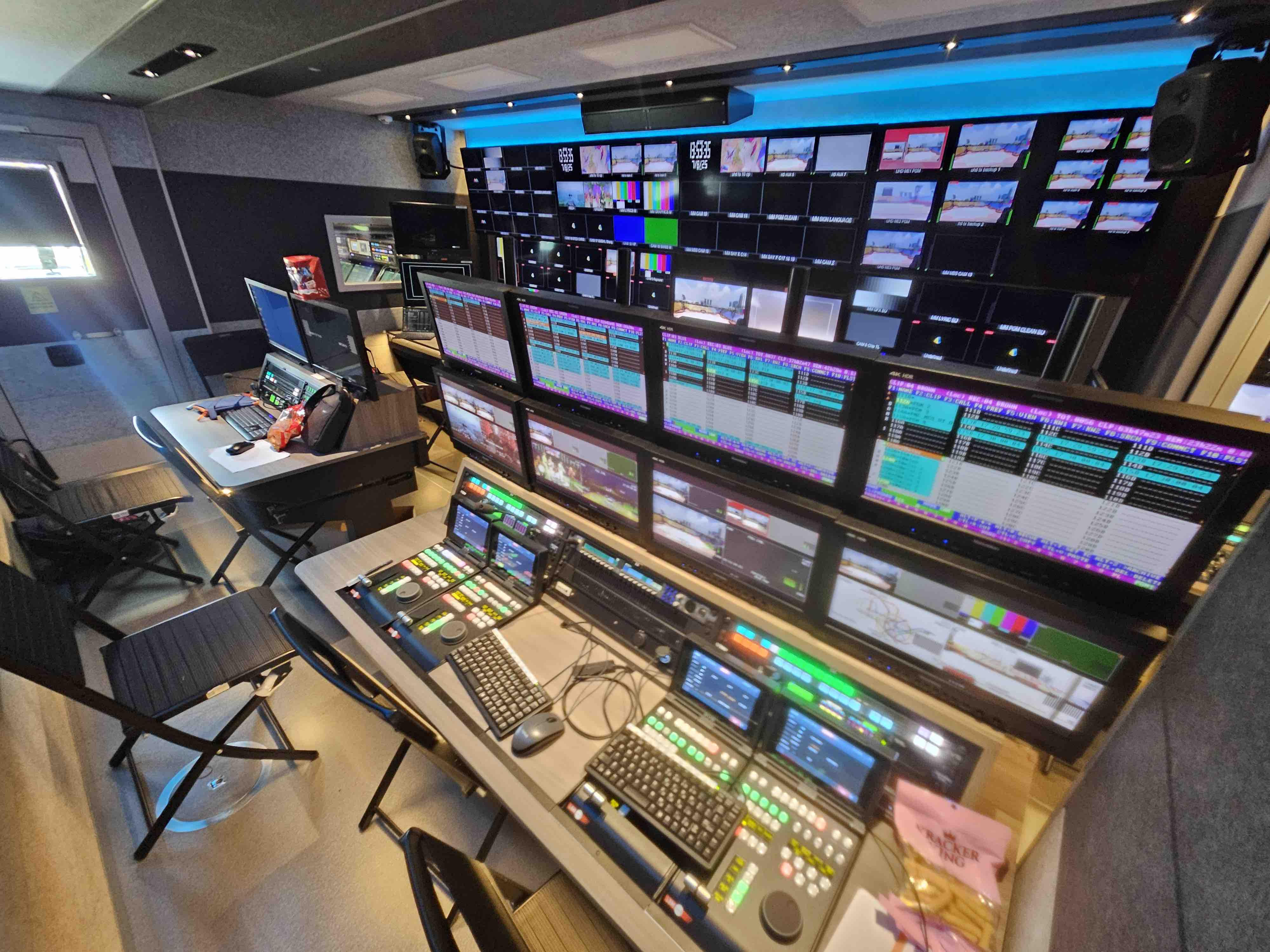Don't Work in a Cube
Don't try to mic, mix or monitor audio in a cubic-shaped room, one with all dimensions--length, width and height--all the same length, or very nearly so.
The reason is the low frequency resonant room modes that occur at frequencies whose wavelengths are comparable to the dimensions of the room. All rooms experience these modes, the smaller the room, the more pronounced. But a cubic-shaped room makes matters worse, as the modes (axial, tangential and oblique) overlap on each other.
Don't be deceived by a rectangular shaped room built out with sheetrock, a dropped ceiling and a raised computer floor. These are no barriers for low frequencies. Lurking behind these building materials can be the more solid surfaces of cinderblock walls and a concrete floor and ceiling that form the real low frequency boundaries of the room. And often and surprisingly enough, these are fairly cubic in dimension.
The professional video industry's #1 source for news, trends and product and tech information. Sign up below.
